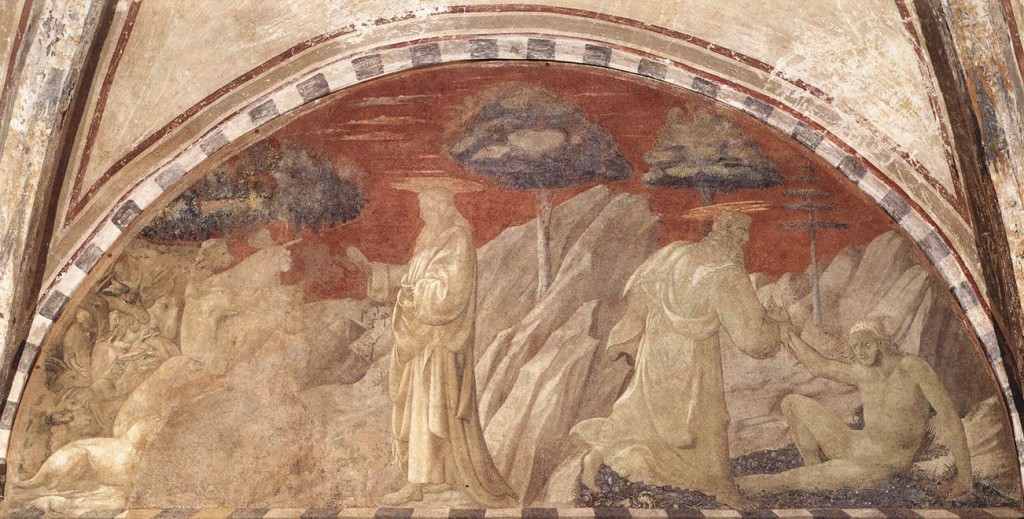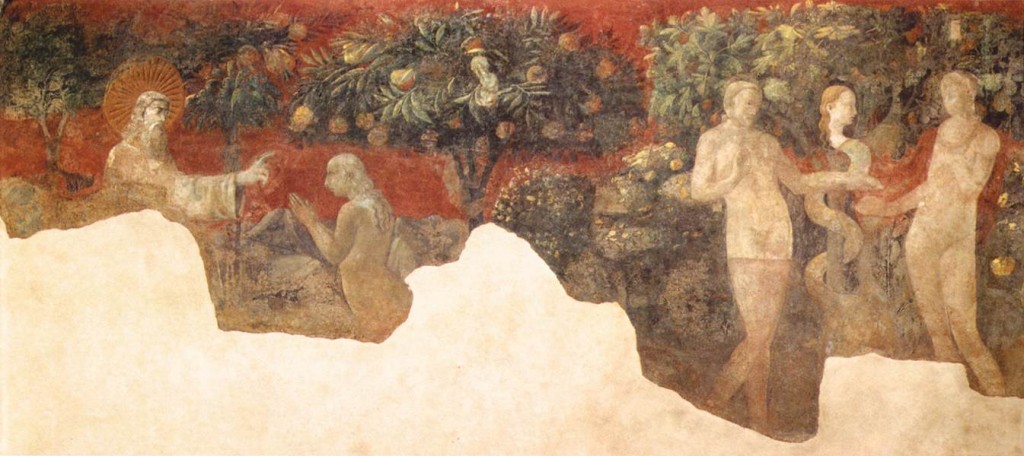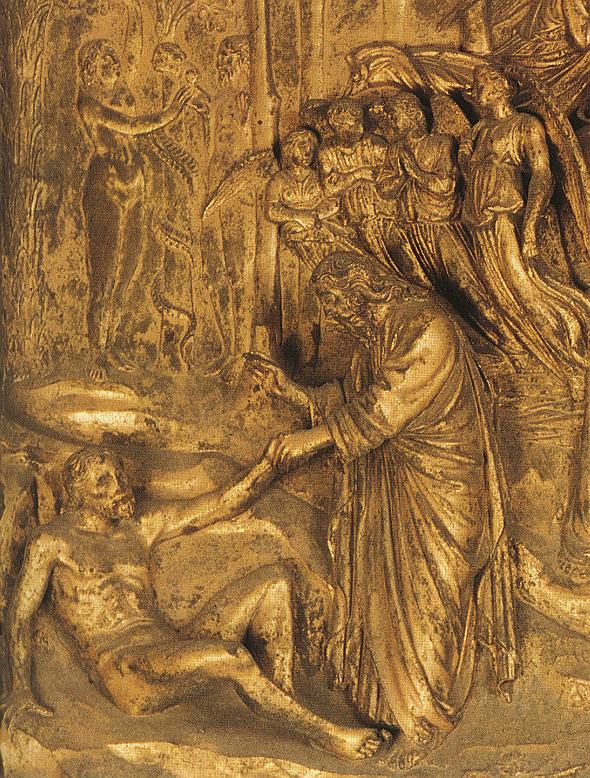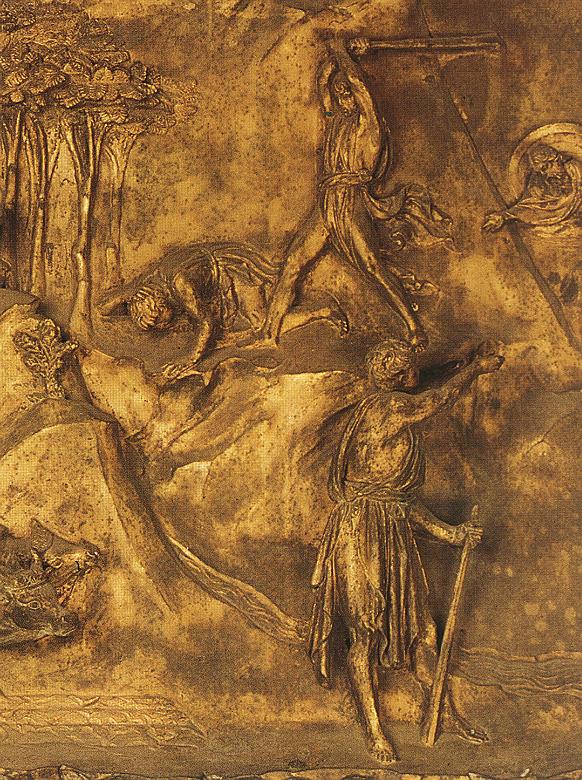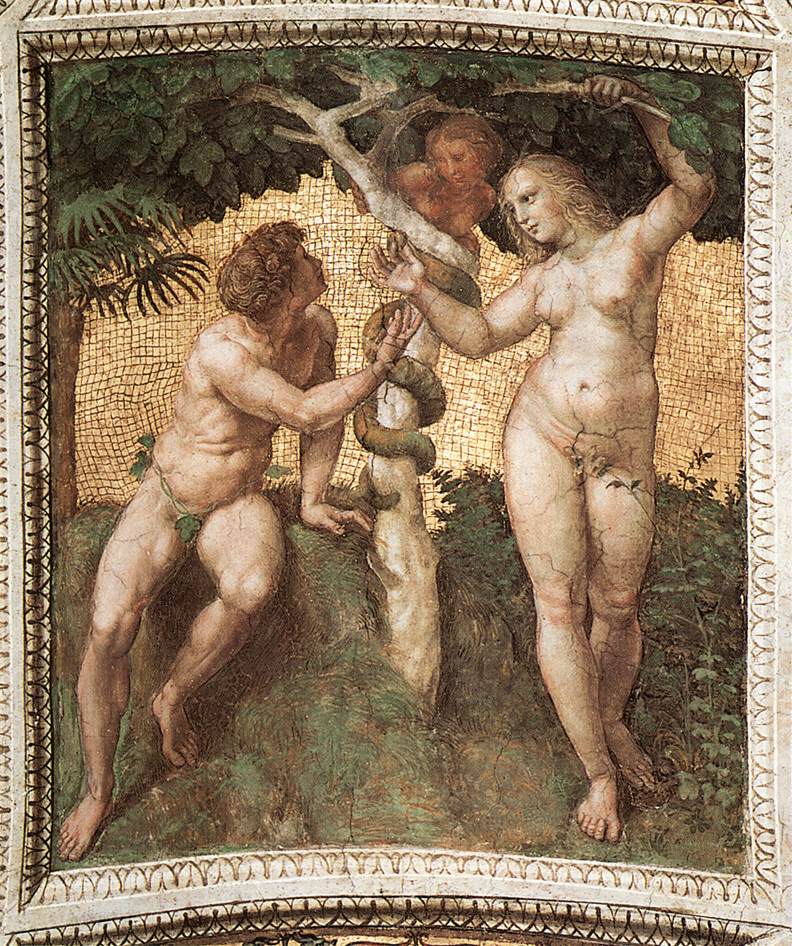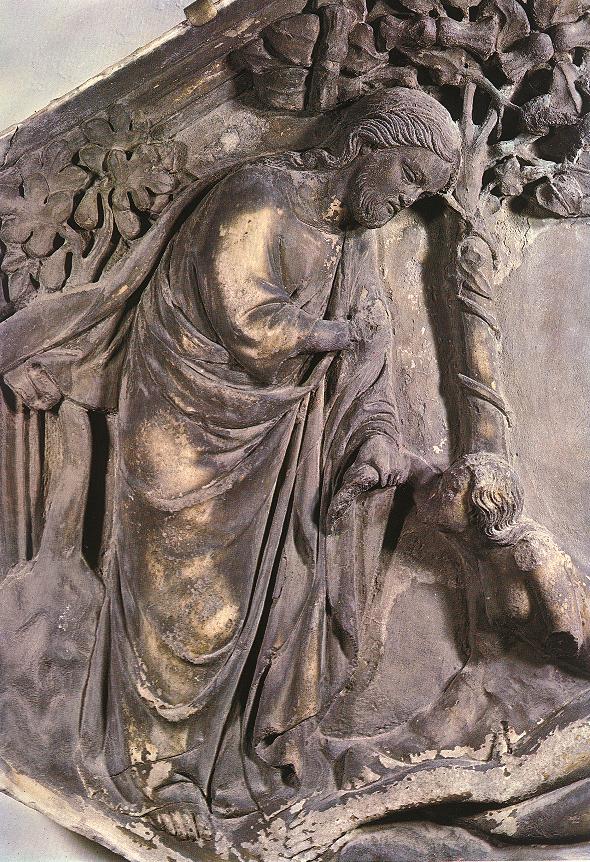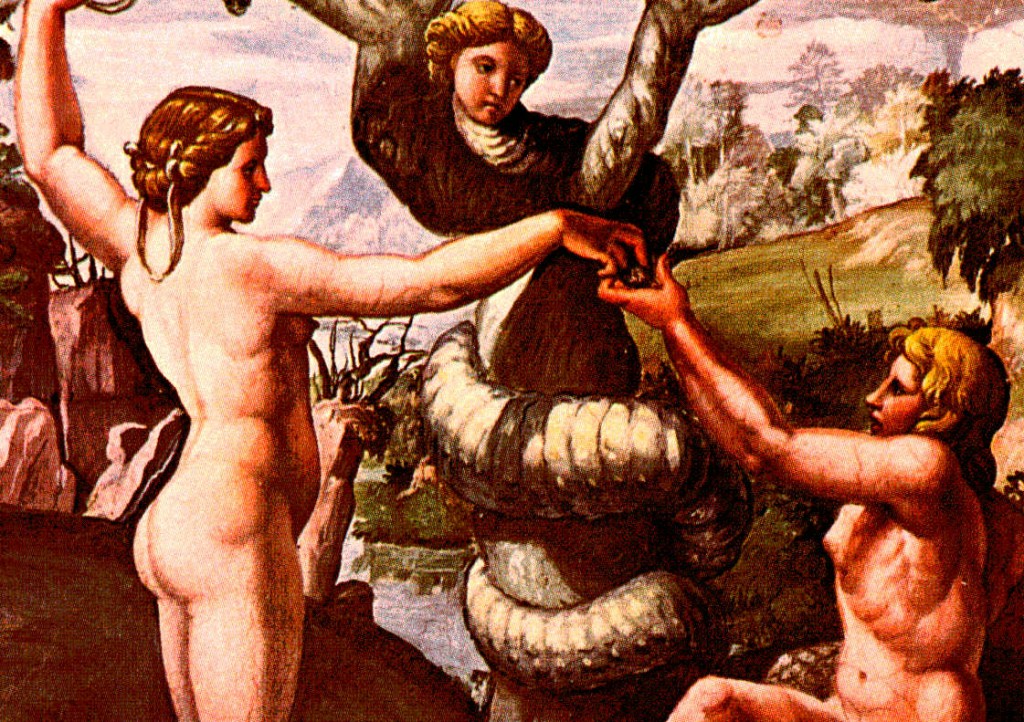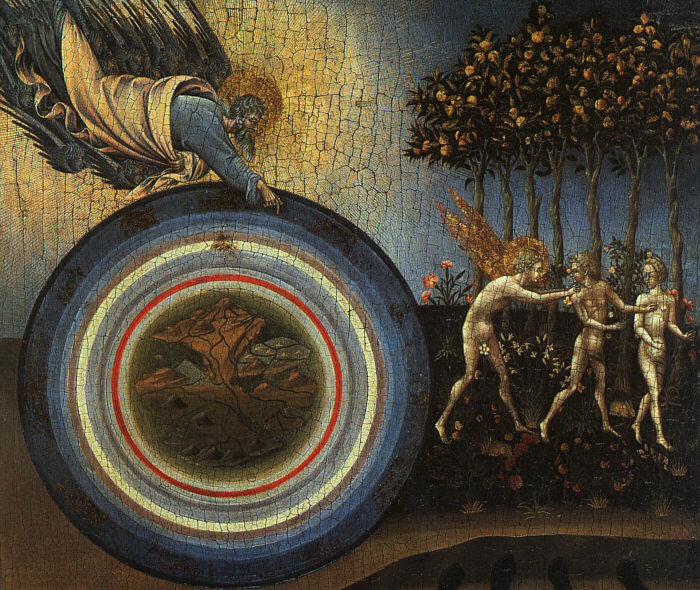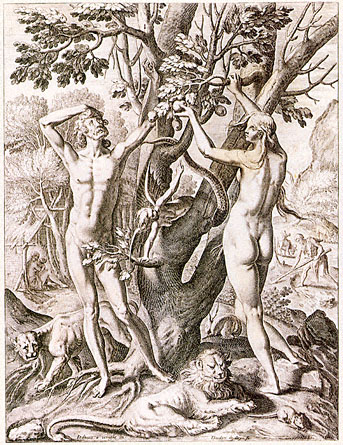Adam & Eve and Cain & Abel
I may have used affiliate links for some of the items in this post. Using an affiliate link to purchase an item won't cost you any more money, but I may receive payment if you click on a link and make a purchase. For more information, visit the disclosures page.
So, in college I took an awesome art history class on the Renaissance. As part of the course, we were required to write a term paper on a topic of our choice. I chose to write about the artwork depicting the story of Cain and Abel, or the lack thereof.
The story of Adam and Eve is an important part of biblical history and images of this biblical story have been a popular topic of art throughout history. This is also true of the Renaissance, during which time most of the art was patronized by the church. The story of Adam and Eve’s creation, temptation and expulsion appeared in every format from paintings and statues to engravings, while the story of their lives after the expulsion seems to disappear from the art world of the Renaissance.
During the renaissance, most art was commissioned by the church, so the story of Adam and Eve is found in several prominent places. The story presented, however, often leaves out everything after the expulsion because the church felt that it was only important to portray the original sin, as a way to show the need for crucifixion, a major emphasis in the Catholic Church.
The biblical story of Adam and Eve is theoretically the oldest story ever and is one of the most retold stories in history. The story, in the Book of Genesis, tells of Adam and Eve, the first humans. In the story Adam and Eve are created and live in paradise before being expelled for sinning. After the expulsion Adam and Eve live on to produce children, one of whom kills the other.
Paintings are a major area in Renaissance art, and a good source for finding the story of Adam and Eve and many types of paintings contain images of this Genesis story.
One of the most well known places to find the story of Adam and Eve is in the Fresco. There are two well known frescos which tell the story of Adam and Eve. These frescos appear in Cappella Brancacci of the Santa Maria del Carmine and on the ceiling of the Sistine Chapel.
The story of Adam and Eve is portrayed by two men in the Santa Maria del Carmine. Masolino, also known as “Little Thomas” painted The Temptation1between 1426 and 1427. This fresco is 208 x 88 cm and depicts a more traditional gothic version of the main characters. The other image of Adam and Eve in Santa Maria del Carmine is The Expulsion from the Garden of Eden2, also painted during the 1426-1427 time period, and measuring 208 x 88 cm. This image painted by Masaccio depicts a much more brutal but realistic version of Adam and Eve, being painted in the more modern naturalistic style, inspire by Giotto. Before restoration, this image had leaves painted over the genital areas of both Adam and Eve.
Later in the early 1500s, Michelangelo painted the Cappella Sistina in the Vatican, better known as the Sistine Chapel. This large fresco depicts the creation of Adam and the creation of Eve along with their fall from grace and expulsion from Eden, among other topics. The Creation of Adam3, finished in 1510 measures 280 x 570 cm, while the actual image of the Creation of Eve4measures only 170 x 260 cm. This image is surrounded with ignudi, or artistic nudes, and medallions. The Fall and Expulsion from Garden of Eden5, also completed in 1510 measures 280 x 570 cm, the same size as the Creation of Adam. Michelangelo depicts these characters using the naturalistic style of Giotto and Masaccio.
Another ceiling fresco featuring an Adam and Eve panel is Raphael’s Stanza della Segnatura, Palazzi Pontifici, in the Vatican which features a panel with Adam and Eve. The panel of the fresco which was completed in 1511 measures 120 x 105 cm. This fresco features a mosaic tiled gold leaf background.
Images of the story of Adam and Eve are also found as illuminations in the bible and other religious books. Most of these illuminations have unknown artists, however some illuminations such as Jean Duc de Berry’s Creation of Adam can be traced. De Berry’s Creation of Adam, an ink on parchment image from de Berry’s Petites Heures can be traced to the 14th century.
An example of a common illumination of the Adam and Eve Bible story is the simple flat color illustration which uses the old Gothic system of imagery, telling the story with no attention to perspective or other technical issues.
Altarpieces have an important place in the church and therefore are a good place to find the biblical story.
The biblical story of Adam and Eve was not just present in churches and in church related objects like illuminated manuscripts but also in paintings such as Raphael’s The Temptationor Paolo Ucello’s The Expulsion.

